Mauser Einspurauto
At the end of the First World War, the Mauser AG arms factory, founded by the Mauser brothers at the beginning of the 19th century, was out of work, and its management turned to new, promising vehicles – two-wheeled vehicles.
Considering that nobody knew how to make such a thing at that time, the owner of the garage, Gustav Winkler, was invited to design new type of vehicle, and in 1920 he independently built such a car. The following year, the single-track monocar was exhibited at the Berlin autoshow, and in 1923 production began at the company’s headquarters in Oberndorf.
It was a classic single-track Mauser 2/6 hp monocar with a typical body with a left door, two side lights, windshield and lifting support wheels, which was produced for several years with minor modifications.
At the rear was its own-designed single-cylinder, four-stroke, water-cooled engine with a front radiator and kickstarter. Power units with a capacity of 6 hp had two options for the working volume – 498 and 510 cubic centimeters. A number of machines were also equipped with a 573 cc engine of the same capacity, an awning and a side spare tire.
The base of the machine was a sheet steel frame with an additional tubular frame. A three-speed transmission drove a chain-driven rear wheel mounted rigidly on a frame with a drum brake. The steerable front wheel was mounted on a motorcycle-style lever fork. To control the machine, a characteristic volumetric, high-precision semi-steering wheel was used, which consisted of the upper part of a round automobile steering wheel and three nickel-plated spokes that played the role of motorcycle handles. A long lever mounted on the right side of the body was used to raise and lower the support wheels.
The wheelbase of all versions was 2.2 meters, length – three meters, width – 1.2 meters. The car weighed 300 kg and accelerated up to 65 km/h.
By the mid-1920s, production of Mauser monocars began to decline and ceased in 1927, when 200 machines had been assembled. By that time, their copies had long been collected in France.
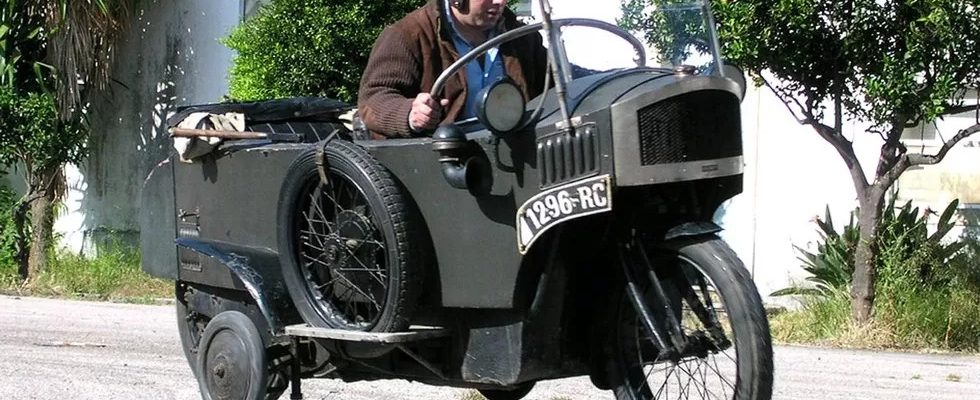
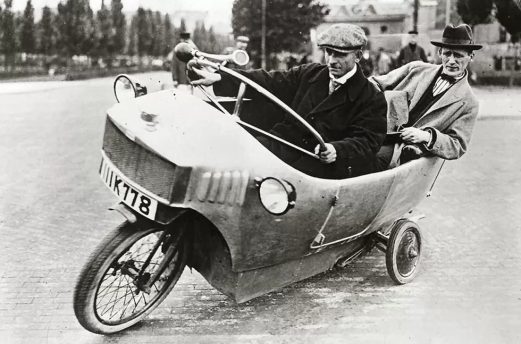
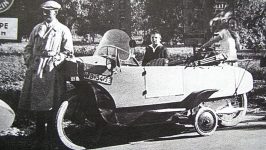
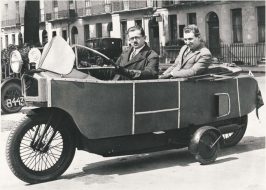
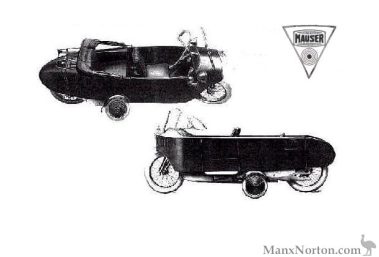

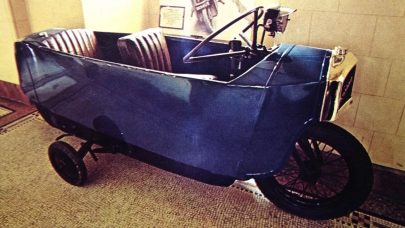
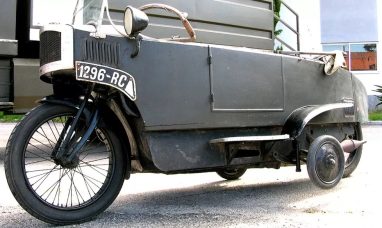
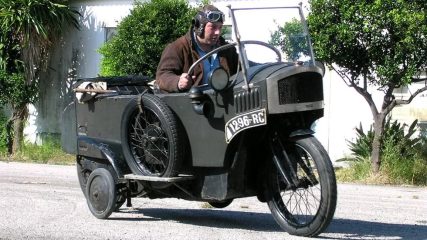
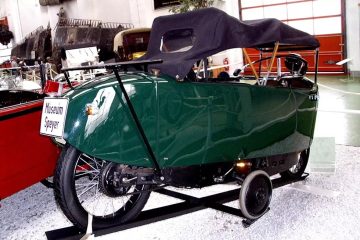
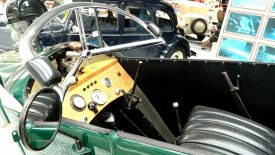
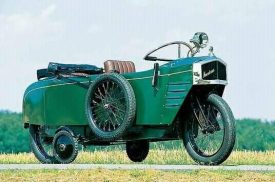
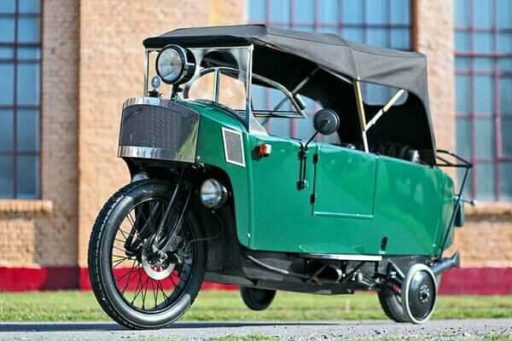
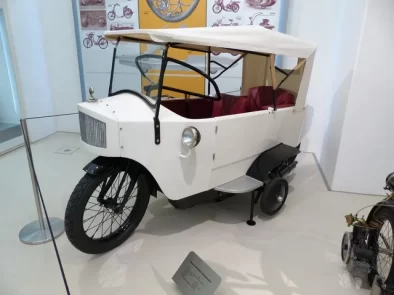
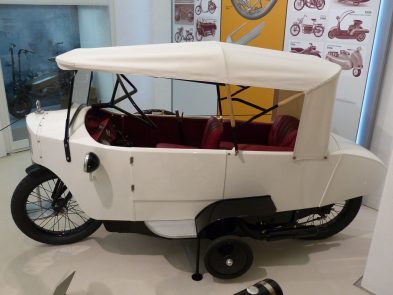
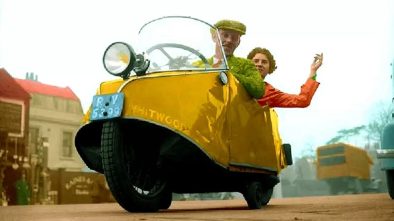
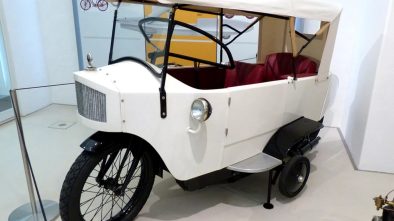
[…] most common French version of the Mauser Einspurauto was called Monotrace (this means “single track”). Structurally, it did not differ much […]
[…] year before the end of production of Mausers, Gustav Winkler bought the rights for their production and continued to assemble monocars in […]